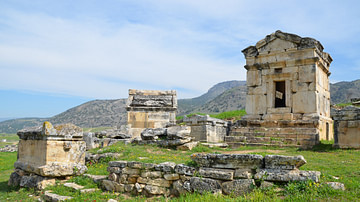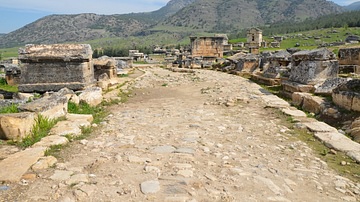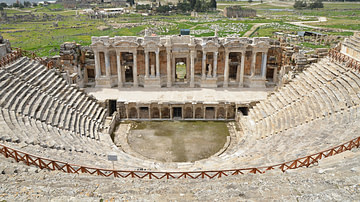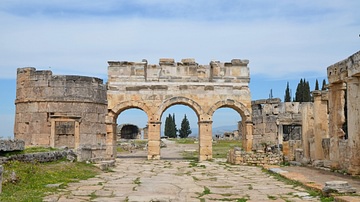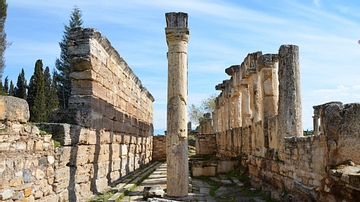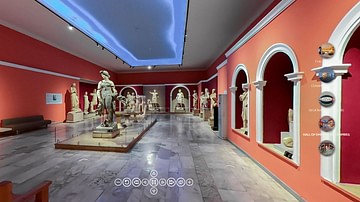Video
Cite This Work
APA Style
Kyokai, U. T. N. N. H. (2018, September 13). Hierapolis-Pamukkale (UNESCO/NHK). World History Encyclopedia. Retrieved from https://www.worldhistory.org/video/1472/hierapolis-pamukkale-unesconhk/
Chicago Style
Kyokai, UNESCO TV NHK Nippon Hoso. "Hierapolis-Pamukkale (UNESCO/NHK)." World History Encyclopedia. Last modified September 13, 2018. https://www.worldhistory.org/video/1472/hierapolis-pamukkale-unesconhk/.
MLA Style
Kyokai, UNESCO TV NHK Nippon Hoso. "Hierapolis-Pamukkale (UNESCO/NHK)." World History Encyclopedia. World History Encyclopedia, 13 Sep 2018, https://www.worldhistory.org/video/1472/hierapolis-pamukkale-unesconhk/. Web. 23 Apr 2025.
